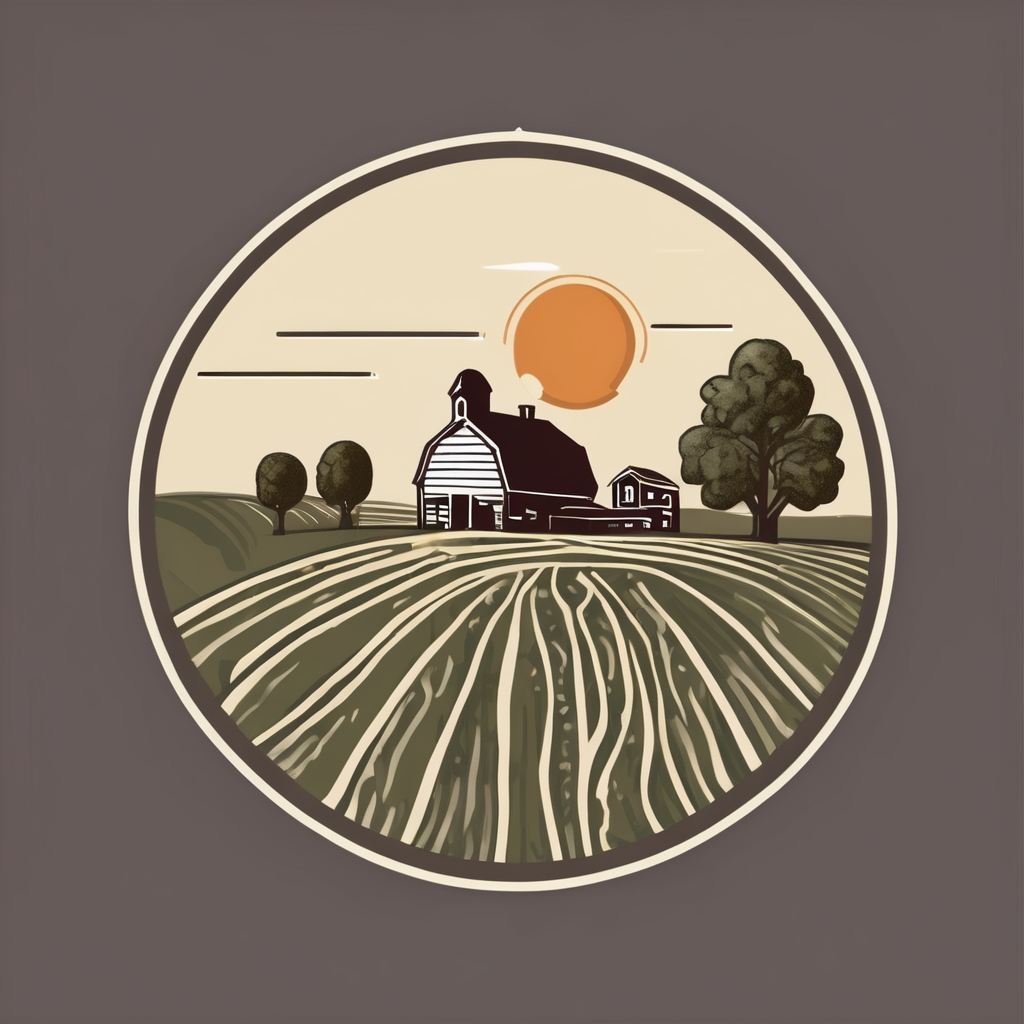Chinese novels offer rich stories across genres like wuxia, xianxia, and romance, each blending tradition with imagination. Discover notable titles, explore available English translations, and find trusted platforms to enjoy these captivating tales firsthand. This guide highlights the diverse appeal and growing accessibility of Chinese literature worldwide.
Overview of Chinese Novels and Their Cultural Significance
The discover Yuan Literature’s Chinese fiction library offers an extensive collection that highlights the historical importance of classic Chinese literature. Among these, the Four Great Classical Novels Journey to the West, Romance of the Three Kingdoms, Water Margin, and Dream of the Red Chamber spearheaded the evolution of Chinese storytelling. These works have profoundly shaped Chinese culture, influencing regional media, opera, and visual arts. Their impact extends beyond China, influencing East Asian narratives and inspiring adaptations across various media forms.
Also to read : Find the perfect place among the luxury homes for sale Chamonix BARNES
The development of Chinese novel genres reflects changing dynastic themes, from heroic epics to romantic and cultivation stories. This progression illustrates China’s rich narrative tradition, blending vernacular language with classical styles. Modern platforms, like Yuan Literature, bridge the gap for global audiences, making these legendary stories accessible worldwide. Exploring these texts deepens appreciation for China’s literary heritage, enriching understanding of its cultural fabric.
Key Classic Chinese Novels and Their Characteristics
The Four Great Classical Novels
The four great classical works Romance of the Three Kingdoms, Journey to the West, Water Margin, and Dream of the Red Chamber remain pillars of classic Chinese literature. Distinguished by elaborate narrative structures, these renowned historical narratives often unfold across over 100 chapters, blending history, myth, and philosophy with iconic character development patterns. Each novel is recognized for exploring grand, famous dynastic sagas through intricate plots and memorable figures. The novel Romance of the Three Kingdoms synthesizes classical prose and folklore, illuminating the socio-political struggles and heroics of ancient China. Meanwhile, Journey to the West themes blend fantasy epics, Chinese mythology inspired stories, and religious allusions in a quest format, introducing readers to mythical creatures and philosophical allegories.
Also to see : What are the latest trends in UK housing development?
Literary and Structural Features
Classic Chinese literature in these masterworks combines traditional storytelling in China and narrative styles and techniques unique to the region. The episodic nature of these novels, along with interludes of poetry and moments of irony, enhance the reader’s experience and highlight rich cultural themes and symbolism. Language and dialect usage often shift within a single work, while the blend of vernacular Chinese and classical styles sets these works apart from contemporary Chinese fiction and popular modern stories that generally follow more streamlined narrative arcs.
Cultural and Moral Themes
The four great classical works are deeply woven with philosophy in fiction, Confucian and Taoist ideals in narrative, and even Buddhist symbolism. They provide insight into cultural and moral themes, contrasting idealism and social realism. The authors’ use of irony, satire, and moral dilemmas fosters a conversation about justice, loyalty, and fate, leaving a profound impact on the preservation of literary heritage and continuing influence on East Asian literature. These classic characters in new media, epic storytelling frameworks, and enduring critique of societal norms persist across centuries and are often referenced in genre variety in Chinese fiction today.
Modern Chinese Fiction and Contemporary Trends
Rise of Web Novels and Digital Platforms
Online serialized stories now dominate the contemporary Chinese fiction scene, signaling a shift in reading habits and literary production. Digital reading platforms, such as subscription novel websites, foster interaction between emerging authors in China and vast fan communities and forums. These platforms provide instant access to popular modern stories, with urban settings and supernatural elements frequently found in trending titles. The role of author-reader interaction online is amplified by novel length and serialization patterns—many works are ongoing, inviting feedback and sustained engagement.
Genre Diversification and Innovation
The explosion of genre variety in Chinese fiction extends from martial arts narratives (Wuxia) and cultivation stories (Xianxia) to romance plotlines and male-male romance genres (BL). Fantasy epics, romance, and even speculative fiction trends blend seamlessly, informed by classic Chinese literature but infusing new voices and themes. Urban versus rural settings, youth culture representation, and contemporary social issues in fiction are often explored. Hybrid genres and experimental narratives also appear, further pushing the boundaries of narrative styles and techniques.
Translations and Global Accessibility
Translated Asian literature reaches a broader audience, with Chinese fiction in English increasingly available through digital innovation in publishing. Major platforms and dedicated sites, such as https://yuanliterature.com/, help facilitate foreign access to Chinese fiction. This development, along with translation challenges and strategies, expands the influence on East Asian literature and encourages cross-cultural adaptations. Readers benefit from recommended reading lists, audiobook versions, and guides for beginners.
Influence and Transcultural Adaptations
Media Adaptations and Popularity
Classic Chinese literature, particularly the four great classical works, remains foundational to renowned historical narratives and continues to thrive through cross-cultural adaptations. Expansive TV dramas and blockbuster films have reimagined martial arts narratives (Wuxia) and cultivation stories (Xianxia) for new audiences, transforming characters from Water Margin and Journey to the West themes into icons of digital pop culture. Popular TV and film adaptations draw on vibrant fantasy epics, epic storytelling frameworks, and the vivid dramatic structure of these novels, attracting both domestic and international audiences.
Challenges in Translation and Cultural Localization
Translating these classics into foreign languages presents considerable challenges, especially when conveying the humor in novels, symbolism, and intricate narrative styles and techniques. Chinese fiction in English, such as Dream of the Red Chamber analysis, often requires footnotes or glossaries to illuminate language and dialect usage that resists direct translation. Successfully adapting cultural themes and symbolism means mediating between literary awards for Chinese authors and foreign access to Chinese fiction without losing the original’s aesthetic and meaning.
Role in Promoting Chinese Culture Globally
Contemporary Chinese fiction, both on subscription novel websites and through translated Asian literature, introduces wider audiences to philosophy in fiction and rich genre variety in Chinese fiction. Platforms like https://yuanliterature.com/ grant broader exposure, encourage reader interaction online, and fuel global appreciation for traditional storytelling in China and newly emerging authors in China.
Legacy and Innovation: The Enduring Appeal of Classic Chinese Novels
Classic Chinese literature is celebrated for its renowned historical narratives and famous dynastic sagas that have profoundly shaped both regional and global literary landscapes. The four great classical works encompassing Journey to the West, Water Margin, Romance of the Three Kingdoms, and Dream of the Red Chamber demonstrate unparalleled mastery of traditional storytelling in China. These works blend Confucian, Buddhist, and Taoist ideals into immersive tales, using elaborate character development patterns and episodic frameworks that allow for complex societal critique.
In terms of narrative technique, Journey to the West themes combine humor, supernatural elements, and Buddhist symbolism, offering a rich text for both entertainment and philosophical reflection. Romance of the Three Kingdoms insights provide readers with intricate portrayals of heroism, political upheaval, and epic storytelling frameworks, highlighting the tension between idealism and realism in Chinese society.
The novel structure often exceeding 100 chapters relies on a mix of vernacular and classical language, with dialogue and poetry integrated to elevate the prose. These features cement their importance not only in classic Chinese literature but also as touchstones for contemporary Chinese fiction and global adaptations.









